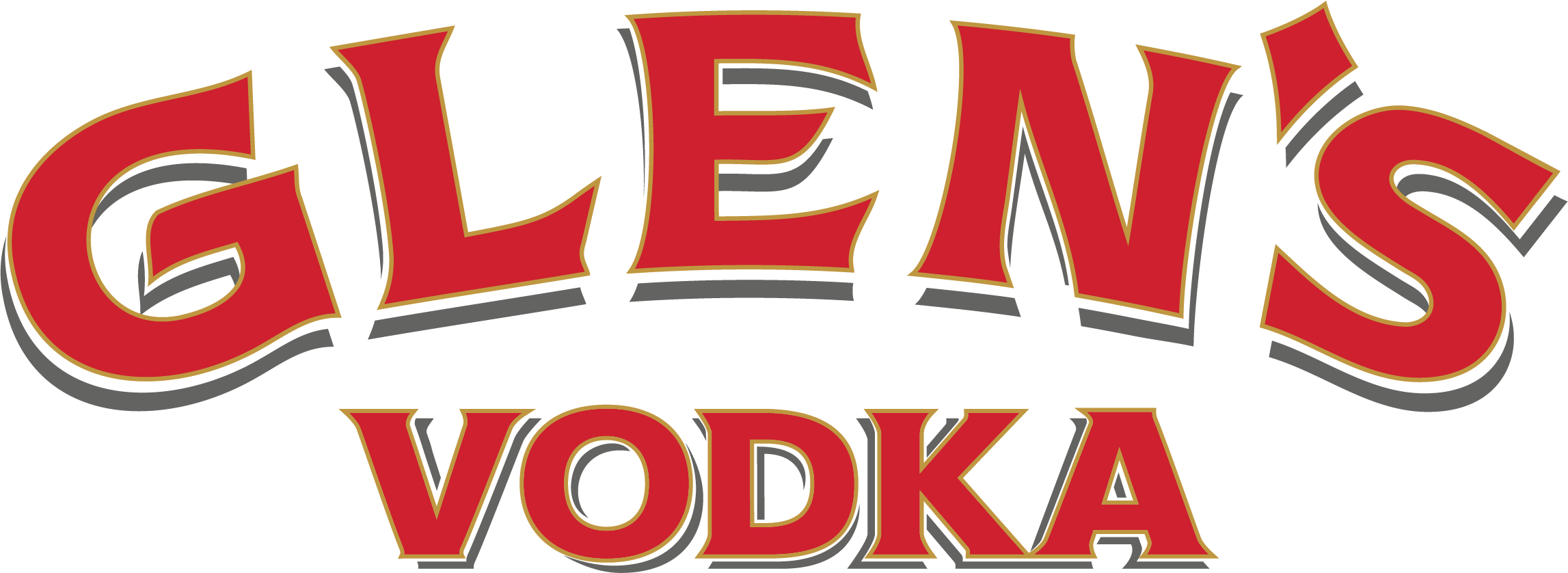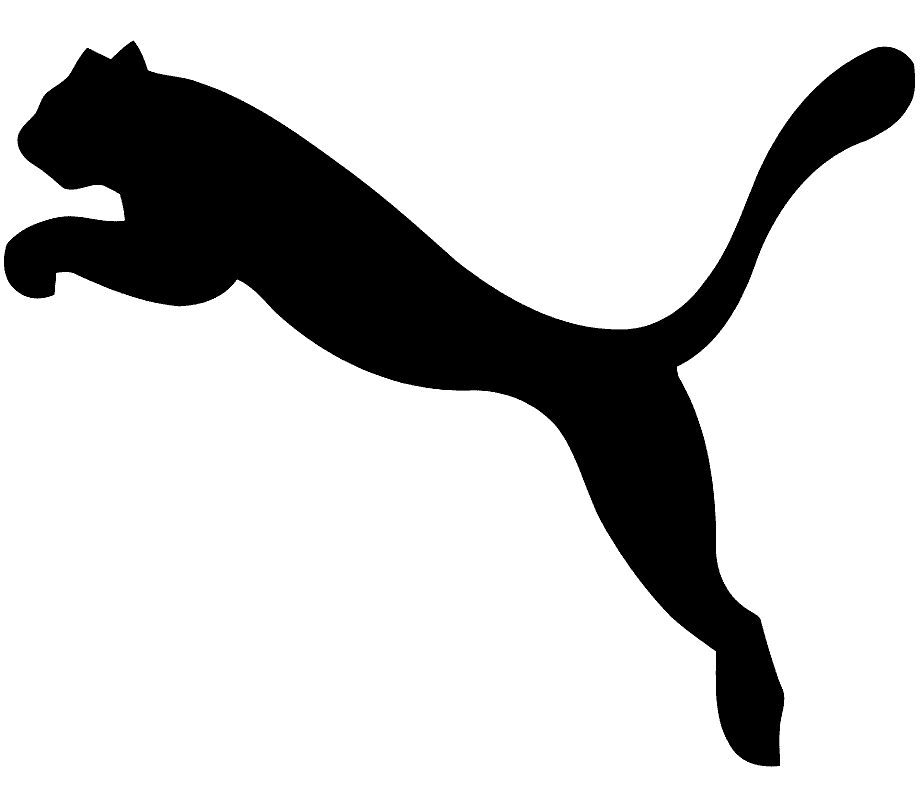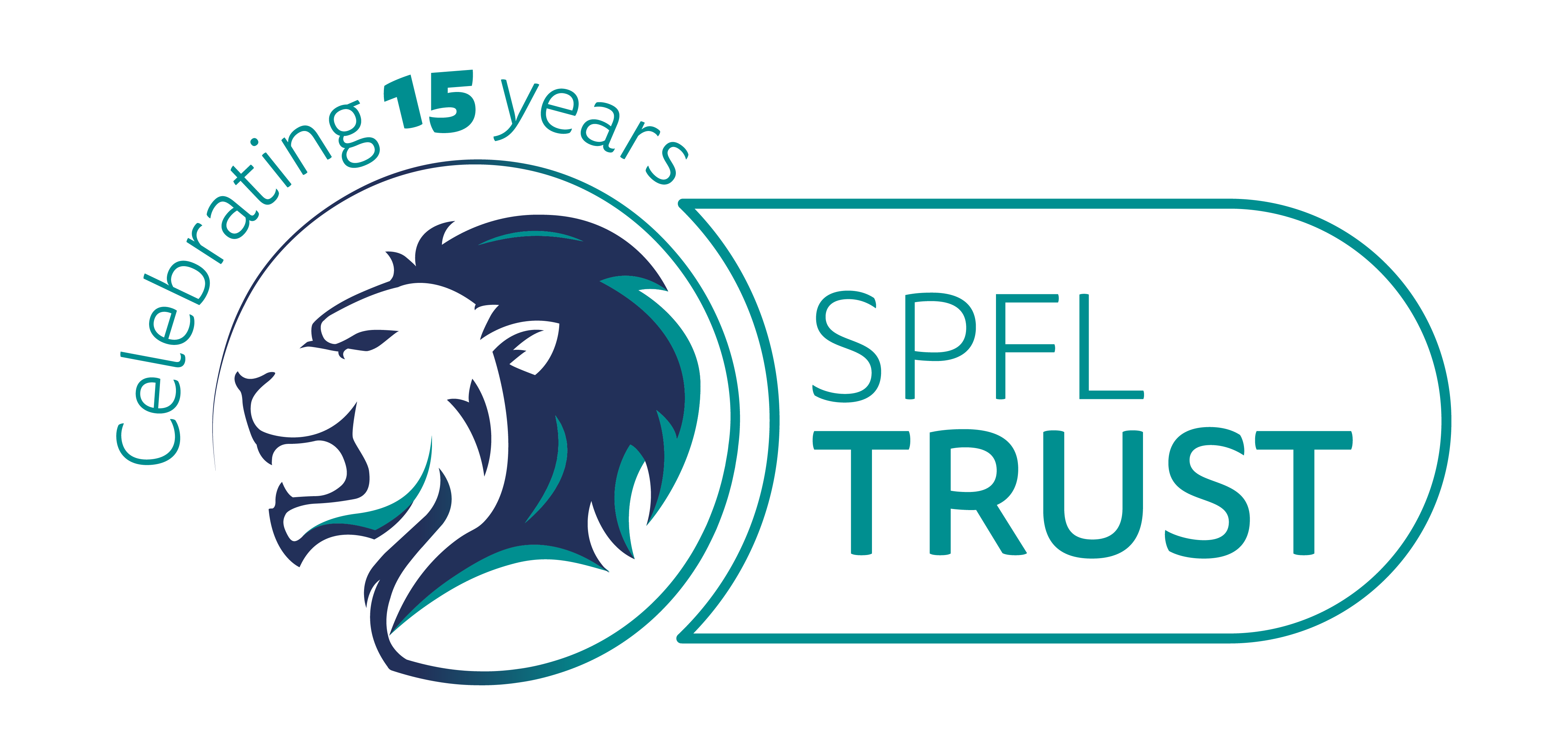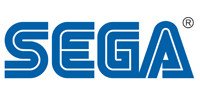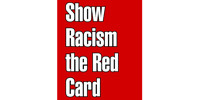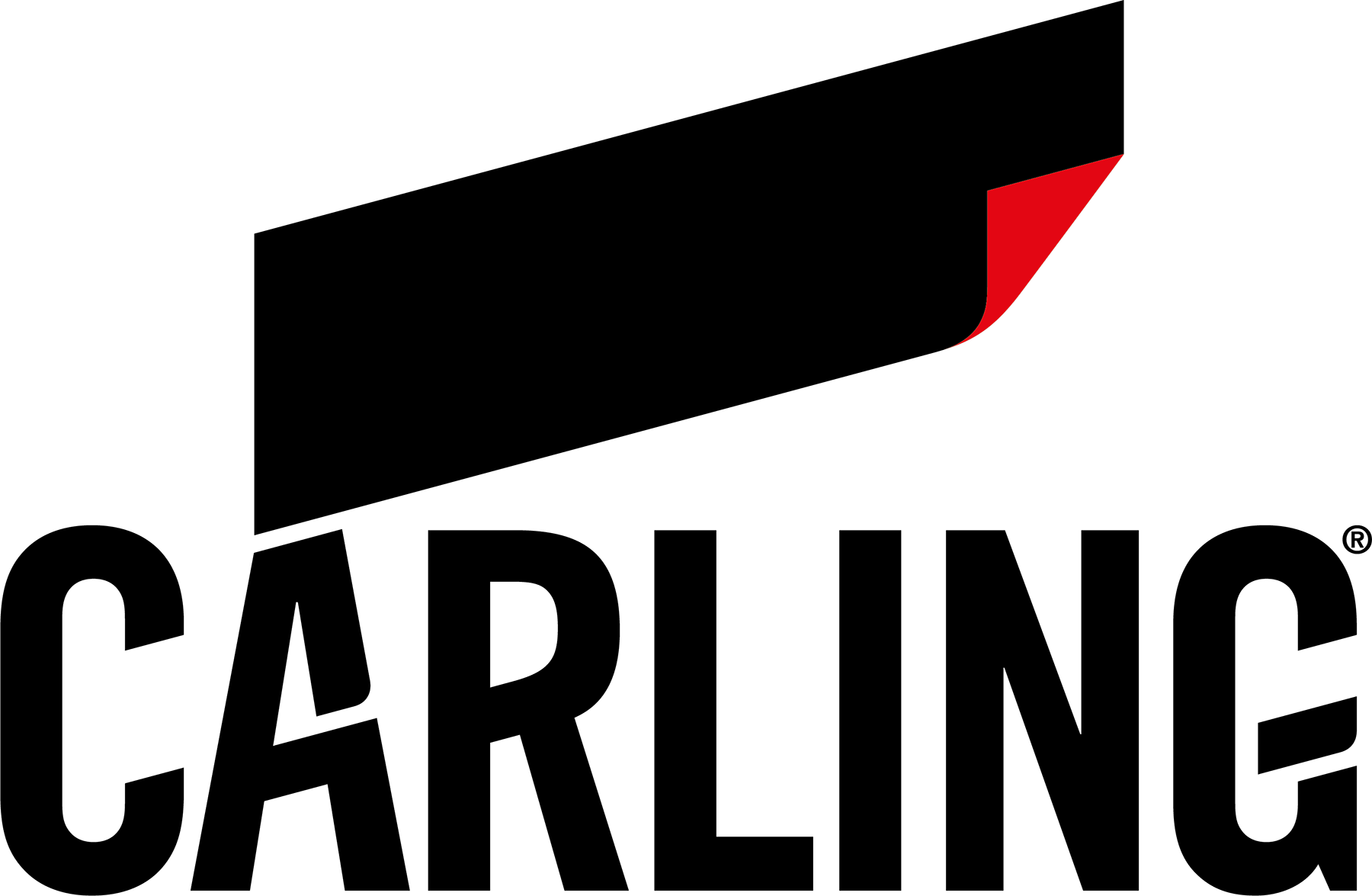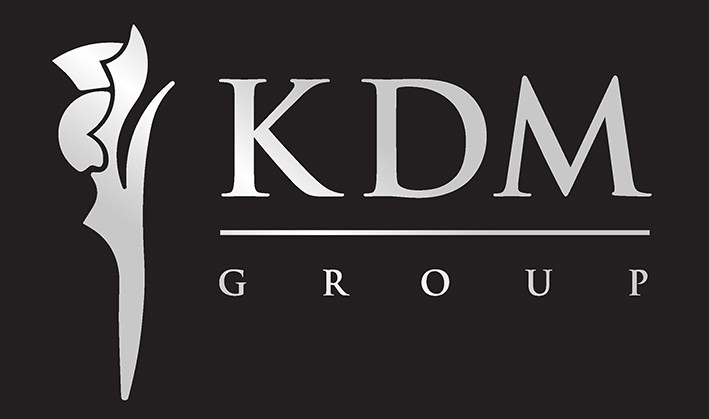In our latest instalment of Talking Kit, Neil Sargent looks back to when Morton sported the tartan look…
In 2005/06 Greenock Morton unveiled a new tartan third strip that set tongues wagging in Scottish football. However, those old enough to remember observed that the kit was actually a repeat of a previous design from 12 years before, but was worn this time around with yellow shorts and yellow socks, as opposed to the dark blue shorts and socks that accompanied the original 1993/94 version.
Predominantly blue but with flashes of red, green and yellow, it was certainly eye-catching when it was re-released in the summer of 2005. It almost became an instant success on the field, too, but for a narrow penalty shoot-out defeat to St Mirren in the Challenge Cup semi-final and a promotion play-off semi-final defeat to Peterhead after finishing runners-up to Gretna in the Second Division.
The Ton would not be denied success for long, though, and were promoted as champions in 2006/07, although the yellow socks and shorts were replaced with more traditional dark blue ones when the team lost 1-0 to St Mirren in the Renfrewshire Cup final in August.
Sponsored by local confectionary brand Millions and manufactured by Vandanel, the kit became an instant cult classic and a favourite of collectors around the country.
When Morton first unveiled the blue tartan top in 1993/94 it was worn as their home kit (the away version was also tartan but was red) and came in the middle of a memorable period of wonderfully eccentric kit designs at Cappielow. The previous season, for example, had seen a blue and white zig-zag design with yellow waistband, while the strip that came after it replaced their iconic hoops with vertical stripes for the first time since the mid-1970s.
The original kit was manufactured by Matchwinner and, like its successor more than a decade later, bore the name of a confectionary brand, this time Buchanan’s Toffees.

While fashions were changing in the 1990s, Scottish football was also in a transitional period. 1994/95 would see the existing three divisions of 12, 12 and 14, replaced with four leagues of 10 teams. This meant an unprecedented number of ‘relegation’ spaces across the divisions, with three teams being demoted from the Premier Division and five from Division One.
As the kit was rolled out in the summer of 1993, Morton were in the 12-team Division One and hoping to avoid finishing in the bottom five to secure their place in the reformed second tier. Their previous two campaigns had seen them achieve finishes of sixth and seventh, both of which would have been good enough to keep them up if they could repeat them this time around.
However, a disappointing campaign saw them relegated after finishing 11th in the table, meaning they would start the new era in Division Two. It was to be a short-lived stay, though, as the following season the team, including club legend Derek McInnes, won the championship and were promoted back to the second tier at the first time of asking.
At the start of the 1994/95 season, the Scotland national side unveiled its own dark blue tartan strip, worn by legends such as Gary McAllister, John Collins, Ally McCoist and Colin Hendry, and remembered predominantly as Scotland’s Euro 96 kit.
Although there’s no way of telling for sure, it’s a nice idea to consider that the success of Morton’s pioneering strip 12 months previously might have influenced Umbro’s designers in some way!
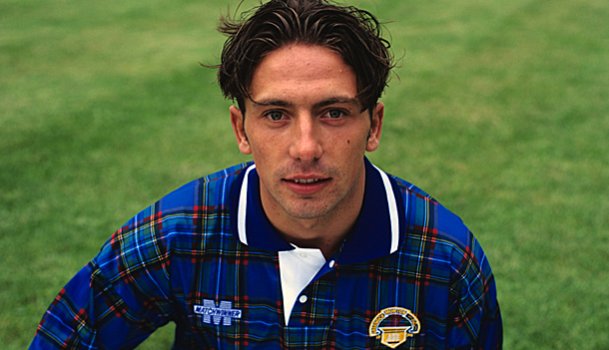



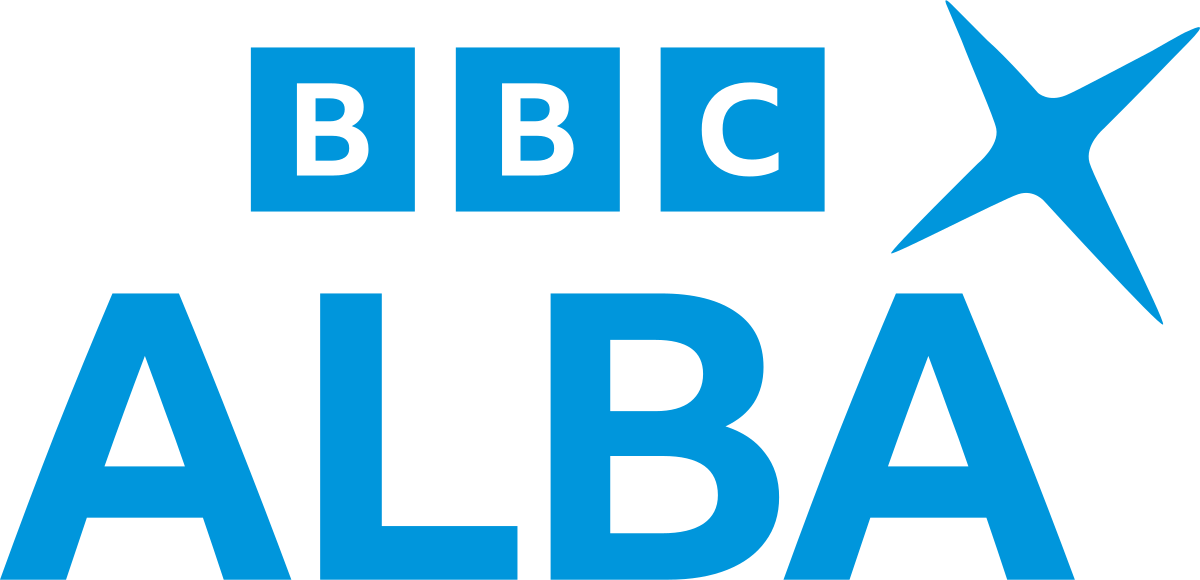
.png)
